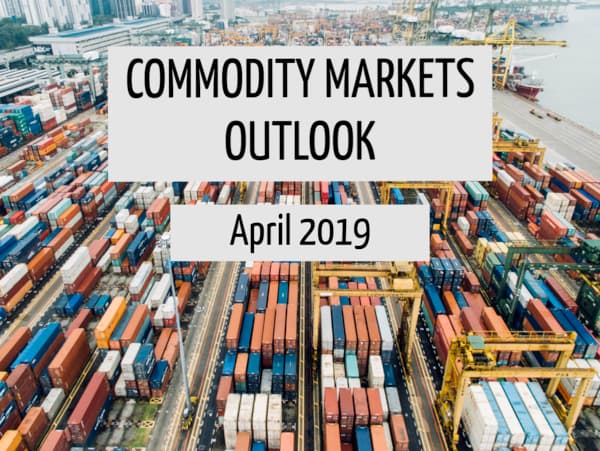
Dovish monetary policies expectations accompanied by trade talk optimism have created a very supportive environment for risky assets. US GDP growth rose by 3.2% in the first quarter, exceeding consensus notwithstanding the drag of the government shutdown. The risk of a Chinese crash abated after the strong monetary easing which occurred over the last few months* (record credit injections and aggressive measures). Metals demand has remained weak, particularly in China. In spite of encouraging economic activity numbers**, the pace remains low and metals remains underperforming (our reference equally weighted basket was down 5% on the month). The divergence of US growth and inflation does not favor gold and precious metals in general. Platinum and palladium have outperformed as tighter environment restrictions continue to support the metals from an industrial use perspective.
The stricter stance on Iran oil sanctions coupled with economic strength in emerging markets have been positive for the petroleum complex. Spare capacity from OPEC and elasticity of production from North American wells make, for now, a brent price above 75 USD/barrel unlikely. Crude rebounded sharply from last year’s lows (+34% on the year) with a very interesting carry from the backwarded shape of the curve. The lack of rally in the backdated price, which is usually seen as reflective of the market’s marginal cost of production and hence available spare capacity, shows that the risk for weakness in the sector is likely to go much higher. In April, the atlantic spread of Brent versus cushing crude widen 1 USD to nearly 9 USD on the July contract, and could be expected to widen further.
Wheat sector was down again last month on expectations of global oversupply. Kansas Wheat (-22% YTD, -10% in April) benefited the most from favorable weather and from its high premium from last year’s difficult crop. Soybean and corn were also down from lower demand. Lean Hogs prices were more stable as the impact from the African Swine Fever seemed to be less important than expected, which has also lowered the demand for feed.
Volatility seems to have continued its general downtrend till mid April before taking an upturn. The VIX is slightly down on the month from 13.71% to 13.12% after closing at 12.01% on the 12th. The crude implied volatility is up from 23% to 25% on the month for ATM calls after touching its 7-month low of 18% also on the 12th. Gold implied volatility reached a 10-year low of mid 7% for ATM calls on the 18th and appears stuck there for now. We have seen a more pronounced return of volatility in the agricultural sector with implied volatility up from 14% to 20% for corn and from 10% to 14% for soybean for ATM calls.

